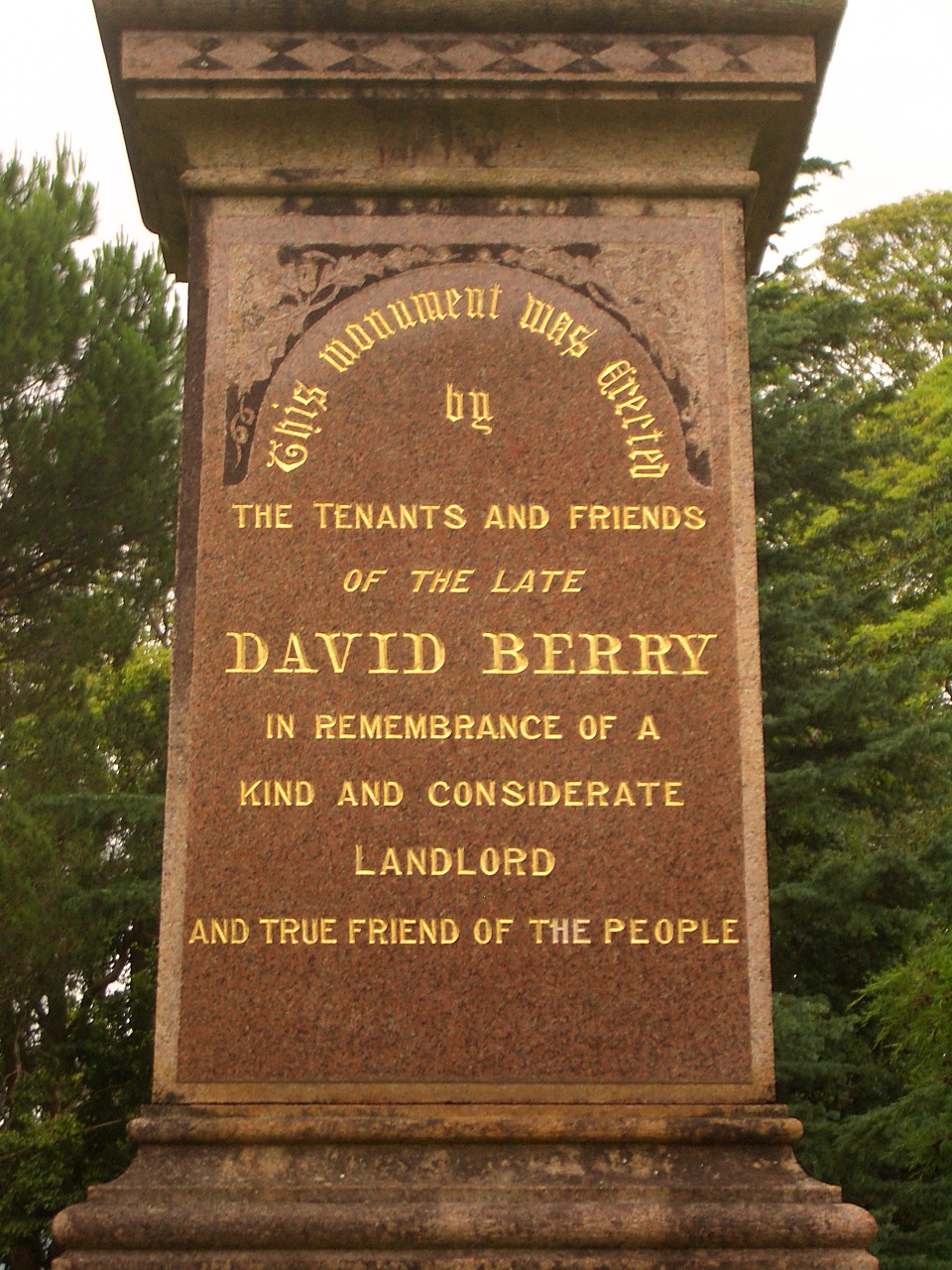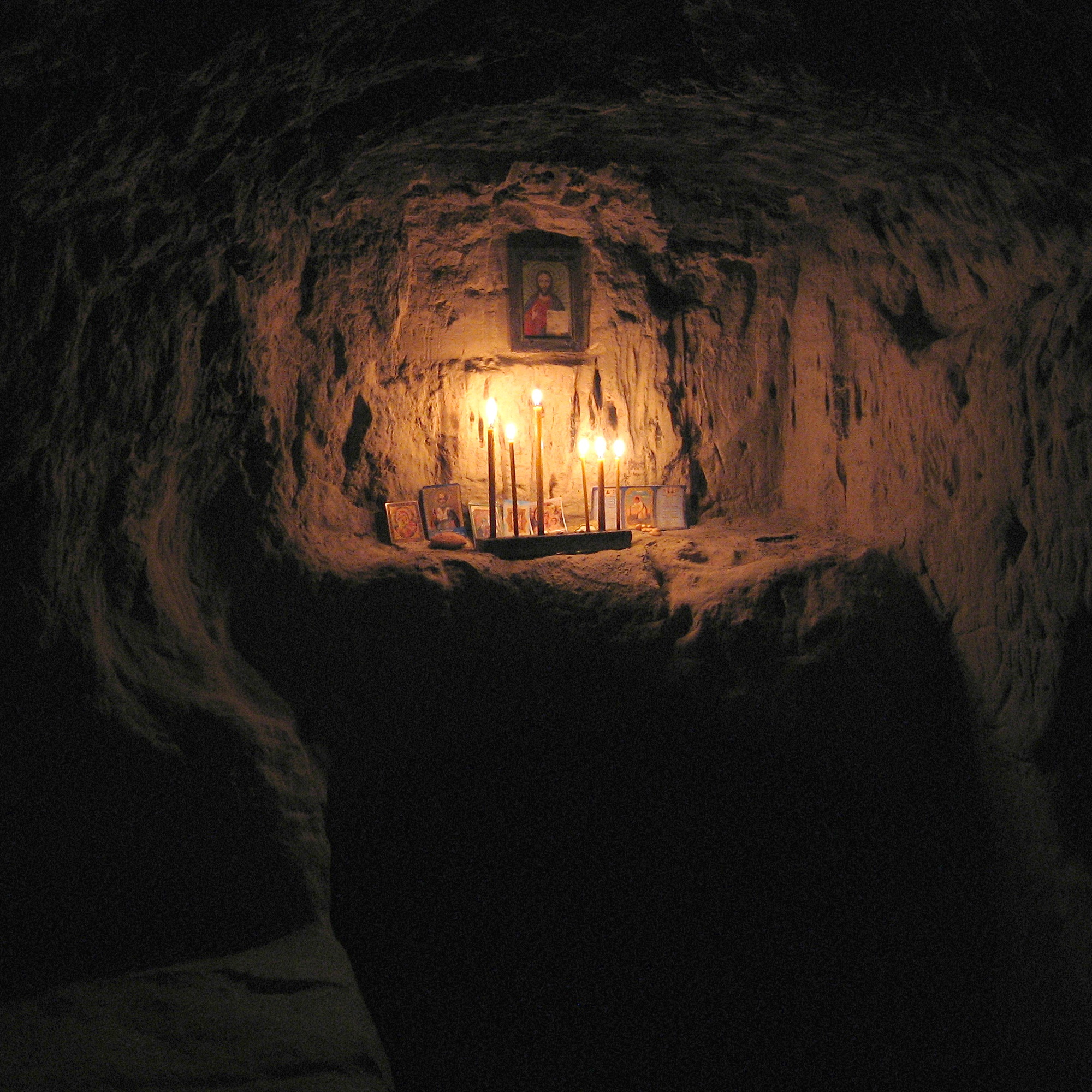|
Rezina District
Rezina is a district () in the east of Moldova, with the administrative center at Rezina. Rezina is situated on the western bank of the Nistru river. As of 1 January 2011, its population was 52,600. History The first human settlements on the territory of the district today appeared in the Neolithic era (7th-5th millennium BC). Near villages Solonceni, Echimăuţi and Stohnaia and found traces of the existence of territorial and cultural community of families of related tribes. Fertile soil, suitable for cattle breeding and agriculture, water and forests bank, which is a good shelter, were elements that favored flat settlements in these places. Dacians inhabited these territories 2nd millennium BC - 5th century AD. 1st century BC Dacian leader Burebista, unites dacian communities, forming a unitary Dacian state. This state called Dacia, included the present territory of Rezina district. In the 10th-12th centuries a monastery was built near Tipova. The monastery is carved fr ... [...More Info...] [...Related Items...] OR: [Wikipedia] [Google] [Baidu] |
Rezina
Rezina is a city in Moldova and the capital of Rezina District. Three villages are administered by the city: Boşerniţa, Ciorna and Stohnaia. Geography In the northeastern part of Moldova, as far as 98 km from Chișinău, the town of Rezina is situated on three successive terraces formed by the picturesque right bank of the Dniester. The lowest terrace (along the Dniester) houses the older town, the second one (on the hill slope) contains buildings constructed in the 1950-60s, while the upper terrace is the seat of the new town constructed in the 1970-90s. The town is 3 km from the Rîbnița railway station and 6 km from that of Mateuţi. The republican highway Orhei – Rîbnița is going through the town. History Archaeological monuments prove the fact that first settlements appeared in the area 40-10 millennia ago. The Indo-European period (5000–3000 BC) witnessed the settlement of the Thracians (Geto-Dacians in particular) here. In 1946–1947, on Rezina's ... [...More Info...] [...Related Items...] OR: [Wikipedia] [Google] [Baidu] |
Cultural
Culture ( ) is a concept that encompasses the social behavior, institutions, and Social norm, norms found in human societies, as well as the knowledge, beliefs, arts, laws, Social norm, customs, capabilities, Attitude (psychology), attitudes, and habits of the individuals in these groups.Tylor, Edward. (1871). ''Primitive Culture''. Vol 1. New York: J. P. Putnam's Son Culture often originates from or is attributed to a specific region or location. Humans acquire culture through the learning processes of enculturation and socialization, which is shown by the diversity of cultures across societies. A cultural norm codifies acceptable conduct in society; it serves as a guideline for behavior, dress, language, and demeanor in a situation, which serves as a template for expectations in a social group. Accepting only a monoculturalism, monoculture in a social group can bear risks, just as a single species can wither in the face of environmental change, for lack of functional respo ... [...More Info...] [...Related Items...] OR: [Wikipedia] [Google] [Baidu] |
Landlord
A landlord is the owner of property such as a house, apartment, condominium, land, or real estate that is rented or leased to an individual or business, known as a tenant (also called a ''lessee'' or ''renter''). The term landlord applies when a juristic person occupies this position. Alternative terms include lessor and owner. For female property owners, the term landlady may be used. In the United Kingdom, the manager of a pub, officially a licensed victualler, is also referred to as the landlord/landlady. In political economy, landlord specifically refers to someone who owns natural resources (such as land, excluding buildings) from which they derive economic rent, a form of passive income. History The concept of a landlord can be traced to the feudal system of manoralism ( seignorialism), where landed estates were owned by Lords of the Manor ( mesne lords). These lords were typically members of the lower nobility who later formed the rank of knights during ... [...More Info...] [...Related Items...] OR: [Wikipedia] [Google] [Baidu] |
Horodiște, Rezina
Horodiște is a commune in Rezina District, Moldova Moldova, officially the Republic of Moldova, is a Landlocked country, landlocked country in Eastern Europe, with an area of and population of 2.42 million. Moldova is bordered by Romania to the west and Ukraine to the north, east, and south. .... It is composed of two villages, Horodiște and Slobozia-Horodiște. References Communes of Rezina District {{Rezina-geo-stub ...[...More Info...] [...Related Items...] OR: [Wikipedia] [Google] [Baidu] |
Cave Monastery
A cave monastery is a monastery built in caves, with possible outside facilities. The 3rd-century monk Anthony the Great, St. Anthony the Great, known as the founder of Christian monasticism, lived in a cave. *Albania **Qafthanë Cave Church, cave church near Urakë **St. Mary's Church, Maligrad, St. Mary's Church, cave church in Maligrad, an island in the Prespa lake *Armenia **Geghard cave monastery/fortress *Bulgaria **Aladzha Monastery **Albotin Monastery ** Basarbovo Monastery **Rock-hewn Churches of Ivanovo **Cave monasteries of Krepcha **Monasteries of Provadia **Cave monasteries on the Plateau of Shumen **Cave monasteries of Tervel (town), Tervel *Egypt **St. Simon the Tanner Monastery *Ethiopia **Monolithic church *France **Abbey of Saint-Roman, Beaucaire, Gard, Beaucaire, Gard *Georgia (country) ... [...More Info...] [...Related Items...] OR: [Wikipedia] [Google] [Baidu] |
Limestone
Limestone is a type of carbonate rock, carbonate sedimentary rock which is the main source of the material Lime (material), lime. It is composed mostly of the minerals calcite and aragonite, which are different Polymorphism (materials science), crystal forms of calcium carbonate . Limestone forms when these minerals Precipitation (chemistry), precipitate out of water containing dissolved calcium. This can take place through both biological and nonbiological processes, though biological processes, such as the accumulation of corals and shells in the sea, have likely been more important for the last 540 million years. Limestone often contains fossils which provide scientists with information on ancient environments and on the evolution of life. About 20% to 25% of sedimentary rock is carbonate rock, and most of this is limestone. The remaining carbonate rock is mostly Dolomite (rock), dolomite, a closely related rock, which contains a high percentage of the mineral Dolomite (mine ... [...More Info...] [...Related Items...] OR: [Wikipedia] [Google] [Baidu] |
Tipova
Lalova is a commune in Rezina District, Moldova Moldova, officially the Republic of Moldova, is a Landlocked country, landlocked country in Eastern Europe, with an area of and population of 2.42 million. Moldova is bordered by Romania to the west and Ukraine to the north, east, and south. .... It is composed of three villages: Lalova, Nistreni and Țipova. Geographic. Accessed September 6, 2012. Gallery References [...More Info...] [...Related Items...] OR: [Wikipedia] [Google] [Baidu] |
Monastery
A monastery is a building or complex of buildings comprising the domestic quarters and workplaces of Monasticism, monastics, monks or nuns, whether living in Cenobitic monasticism, communities or alone (hermits). A monastery generally includes a place reserved for prayer which may be a chapel, Church (building), church, or temple, and may also serve as an Oratory (worship), oratory, or in the case of Cenobium, communities anything from a single building housing only one senior and two or three junior monks or nuns, to vast complexes and estates housing tens or hundreds. A monastery complex typically comprises a number of buildings which include a church, dormitory, cloister, refectory, library, Wiktionary:balneary, balneary and Hospital, infirmary and outlying Monastic grange, granges. Depending on the location, the monastic order and the occupation of its inhabitants, the complex may also include a wide range of buildings that facilitate self-sufficiency and service to the commun ... [...More Info...] [...Related Items...] OR: [Wikipedia] [Google] [Baidu] |
Dacia
Dacia (, ; ) was the land inhabited by the Dacians, its core in Transylvania, stretching to the Danube in the south, the Black Sea in the east, and the Tisza in the west. The Carpathian Mountains were located in the middle of Dacia. It thus roughly corresponds to present-day Romania, as well as parts of Moldova, Bulgaria, Serbia, Hungary, Slovakia, Czech Republic, Poland and Ukraine. A Dacian kingdom that united the Dacians and the Getae was formed under the rule of Burebista in 82 BC and lasted until the Roman conquest in AD 106. As a result of the Trajan's Dacian Wars, wars with the Roman Empire, after the conquest of Dacia, the population was dispersed, and the capital city, Sarmizegetusa Regia, was destroyed by the Romans. However, the Romans built a settlement bearing the same name, Ulpia Traiana Sarmizegetusa, Ulpia Traiana Sarmizegetuza, 40 km away, to serve as the capital of the newly established Roman Dacia, Roman province of Dacia. A group of "Free Dacians" may ... [...More Info...] [...Related Items...] OR: [Wikipedia] [Google] [Baidu] |
Burebista
Burebista () was the king of the Getae and Dacian tribes from 82/61BC to 45/44BC. He was the first king who successfully unified the tribes of the Dacian kingdom, which comprised the area located between the Danube, Tisza, and Dniester rivers, and modern day Romania and Moldova. In the 7th and 6thcenturies BC it became home to the Thracian peoples, including the Getae and the Dacians. From the 4thcentury to the middle of the 2ndcentury BC the Dacian peoples were influenced by La Tène Celts who brought new technologies with them into Dacia. Sometime in the 2ndcentury BC, the Dacians expelled the Celts from their lands. Dacians often warred with neighbouring tribes, but the relative isolation of the Dacian peoples in the Carpathian Mountains allowed them to survive and even to thrive. By the 1stcentury BC the Dacians had become the dominant power. From 61 BC onwards Burebista pursued a series of conquests that expanded the Dacian kingdom. The tribes of the Boii and Taurisci we ... [...More Info...] [...Related Items...] OR: [Wikipedia] [Google] [Baidu] |
Dacians
The Dacians (; ; ) were the ancient Indo-European inhabitants of the cultural region of Dacia, located in the area near the Carpathian Mountains and west of the Black Sea. They are often considered a subgroup of the Thracians. This area includes mainly the present-day countries of Romania and Moldova, as well as parts of Ukraine, Moravian Banovina, Eastern Serbia, Northern Bulgaria, Slovakia, Hungary and Southern Poland. The Dacians and the related Getae spoke the Dacian language, which has a debated relationship with the neighbouring Thracian language and may be a subgroup of it. Dacians were somewhat culturally influenced by the neighbouring Scythians and by the Celtic invasion of the Balkans, Celtic invaders of the 4th century BC. Name and etymology Name The Dacians were known as ''Geta'' (plural ''Getae'') in Ancient Greek writings, and as ''Dacus'' (plural ''Daci'') or ''Getae'' in Roman Empire, Roman documents, but also as ''Dagae'' and ''Gaete'' as depicted on ... [...More Info...] [...Related Items...] OR: [Wikipedia] [Google] [Baidu] |








